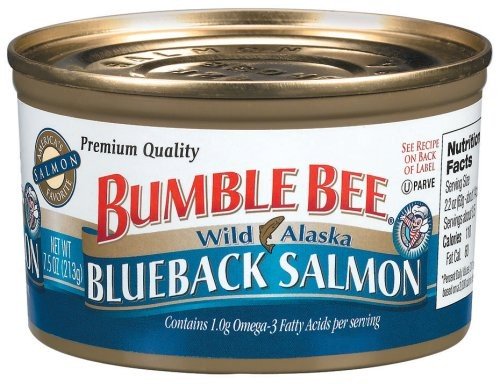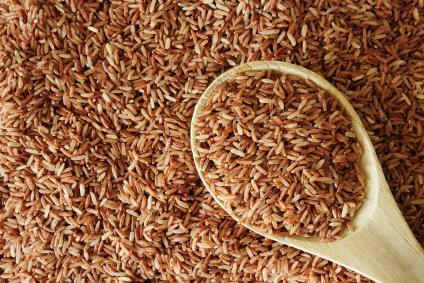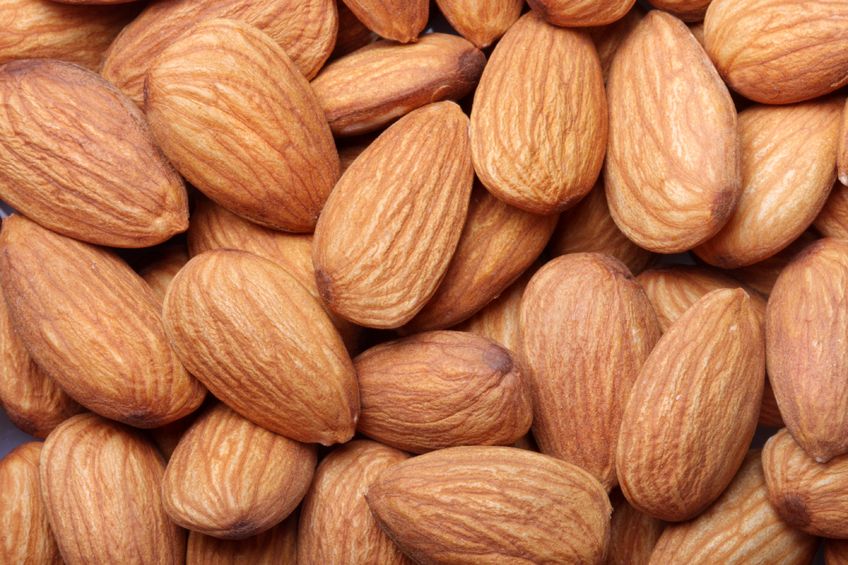5 Easy High Protein Foods Necessary for Emergency Survival
In today’s world of uncertainties, nothing can actually be predicted. A super typhoon can strike and turn life upside down for neighborhoods and cities in an island nation or a devastating hurricane wiping out the shoreline and communities far inland.
It may not even have to be a natural disaster. A terrorist attack or the highly dreaded EMP could result in a massive disaster that can interrupt transportation and shipping services for several weeks, shut down power across a nation thereby bringing about general food shortages.
While this phenomenon may be said to be climate change or the acts of God, it is now obvious that a massive disaster can spontaneously erupt anywhere. In the heat of the moment, store shelves are most likely going to be cleared as foods with a high calorie will be required to meet the nutritional needs of the body.
Foods You Can Get The Most From
As part of your survival food plan, the role of canned foods cannot be underrated. As long as you do not have to evacuate, they can be the food that can help you get by the first few weeks. While considering calorie count, it is importance to also put weight and packaging into consideration including, shelf-life, ease of use and/or preparation. Weight is considered as a factor because you are not going to understand how much those cans weigh until there is an evacuation on foot with nothing but suitcases or backpacks. You will certainly regret stocking up so much canned food. With that said, here are 5 easy high protein foods needed for survival during an emergency.

- Canned Alaskan Wild Salmon
Like omega 3s the canned Alaskan Wild Salmon is rich in healthy fats and protein. This is the traditional diet of the native people of Alaska and northern Canada (Inuit people). These foods which are known for their long-term, continuous diet of fish are also known for low rates of heart attack and stroke. Compared with other canned fish from other parts of the world, you are likely to get salmon with little or no environment contaminants. Although Salmon may not be your thing today, it is good you consider it. Even without cooking, canned Alaskan can be eaten right out of the can just like tuna fish, however, refrigeration will be required if there are leftovers, so it can be preserved for the next 3-4 days. To avoid wasting it, your salmon can be shared with two or more people if refrigeration is not an option.

- Brown Rice
Brown rice is a dry, non-perishable food that can serve as a great survival food due to its long shelf life. Together with some essential vitamins and minerals like iron, this food is known to be rich in both calories and protein. However, there is a demerit with this food as it requires a longer time (30 minutes to 1 hour) to cook. The last thing anyone would want to do during a long term emergency situation where electricity has been interrupted is to cook food for this length of time using precious fuel. As a better and alternative option, consider stocking up “brown rice hot cereal” in your pantry as it tends to cook faster (within 5-8 minutes) while still containing high nutrients and calories.
- Dried Beans
Dried beans are known to contain several essential vitamins and minerals and a fair amount of protein per serving. They are known to be high in calories. They include garbanzo beans, black beans, kidney beans, pinto beans, lima beans etc. Although you get quite a bit less when it comes to the amount, however, dried beans are available in packages that are quite larger than canned beans. The main difference between dried beans and canned beans is that before they (dried beans) can be eaten, water needs to be added and left for several hours to allow most beans to soak properly. If you are considering stacking up dried beans, split beans will make a better option as they do not require a long time to soak (they have a shorter soak time). As part of the dried bean family, split peas have many of the same nutrients like others in its class. Dried beans can last long in your pantry of survival foods at your home, cabin or even in your office survival kit and in the back of your car because they have a long shelf life.

- Bulk Nuts
When choosing survival foods it is good to search for foods that are not high in salt as too much salt is not recommended for overall health. At the bulk seed/nut area of the supermarket, look for sunflower seeds, almonds, peanuts and a number of other nuts and seeds. These foods with are typically sold in the bulk foods section of most grocery stores are known to be rich in essential fatty acids, minerals, and vitamins and also contain protein in fair amounts. You are sure to get many servings from a serving size that as small as ¼ cup out of a large bag which is conveniently light-weight.

- Peanut butter
While containing many essential minerals (such s iron and copper) and vitamins, peanut butter is virtually packed with essential fatty acids and protein. Skippy natural Peanut Butter is ones of those natural brands recommended for the best health. During disasters like famine, a person can survive a period of limited food intake with just a couple of tablespoons peanut butter a day. For your food to last longer, there is need to cut calories which also will help you lose excess weight at the same time. These are part of a strategy to survive.
These easy high protein foods mentioned above are capable of ensuring maximum survival during a period of emergency. However, adequate preparation is required to achieving this. If you know any other foods that are able to the task, please do well to inform us by commenting below. Thanks.
Great post! Emergency protein rations! This is a great idea!
Thanks for your comment, I really appreciate